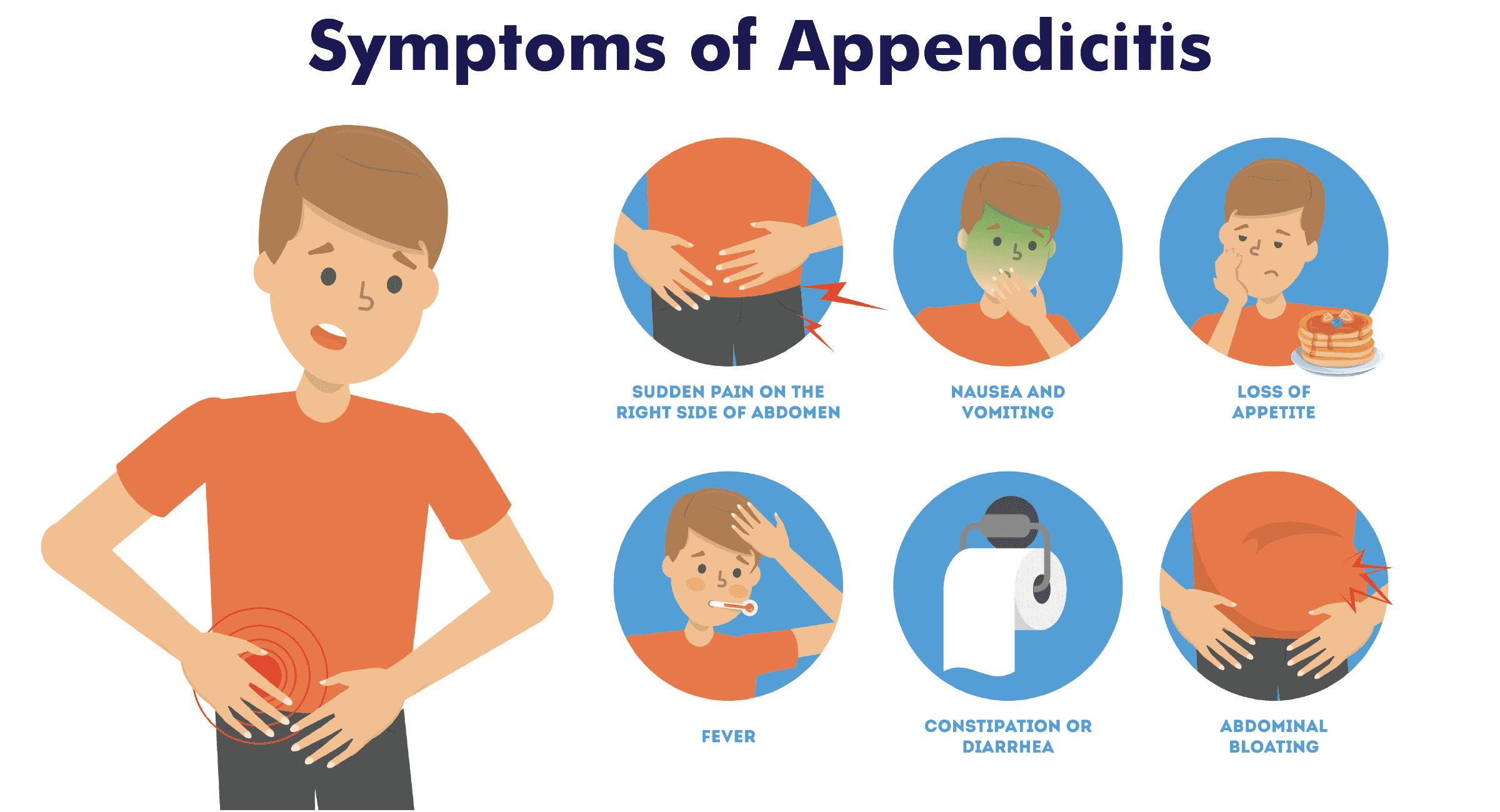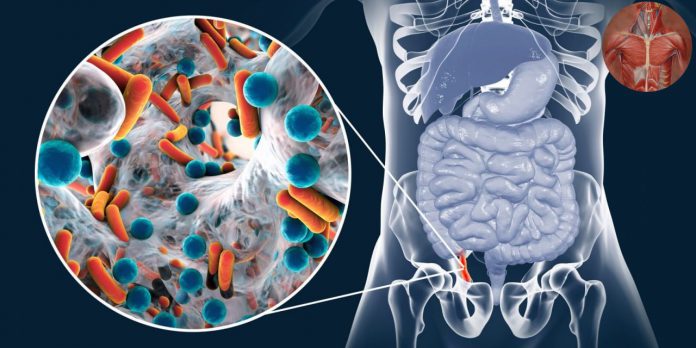When should you start Exercising after appendicitis surgery? What led to the decision to have appendicitis surgery? Many people who have digestive problems must have appendicitis surgery, but the patient has to stick to the doctor’s orders and maintain a diet to prevent wound damage. After that, we will further explain to the patient when it is best to exercise. appendix method.
Exercise after appendicitis
It must be made clear that there is no set period of time after appendicitis surgery at which one should begin exercising; rather, this depends on the patient’s age, physical condition, the circumstances of the operation, and whether or not he has problems.
However, in general, easy activities can be performed one and a half months following surgery, and moderate-intensity exercises can be performed two to two and half months afterwards. Sports that are violent may be played after this point, but only after seeing a physician. Clinical activities that only require moving your body parts while sitting in bed and short, slow walks are the greatest exercises you may perform following surgery and the recovery period.
Advice after appendicitis surgery
There are many lifestyle tips that you should follow after appendicitis surgery .You should use a pillow to support your tummy while coughing or laughing so that you do not experience excruciating agony. It is preferable to limit physical activity for 5 days in the event of arthroscopic removal and for 2 weeks in the case of surgical removal, so go to your doctor and find out when you may move. Start out gently, then move as quickly as you can while starting with short distances.
Pain will slow the healing process, so if taking medications does not relieve it, you should see your doctor. As this depends on your condition, age, and the specifics of the procedure, you should see your doctor before exercising following appendix surgery, going back to work, or letting your child start school. It’s normal to feel fatigued or sleepy, so you should ease up until you feel better.

Appendicitis and its severity
After learning when to start working out again following appendicitis surgery, we must first understand what appendicitis is and what its risks are. Belly. The appendix bursa is what we refer to as.
The area around the navel initially feels painful due to this swelling, followed by the right side of the abdomen, and the pain gradually worsens over time. complete infection of the stomach. When this happens, surgical intervention should be done as quickly as feasible. This inflammation may result in an intra-abdominal abscess that needs to be drained, and the appendix needs to be surgically removed.
Causes of appendicitis
Appendicitis is often caused by an obstruction, whether due to intestinal debris, parasitic worms, or a foreign body blocking the entrance to the appendix.
Symptoms of appendicitis
Because inflammation often starts between the ages of 10 and 30 years, the symptoms of appendicitis in adults differ from those in children. Accordingly, we have divided the symptoms of appendicitis into the following categories
1- Symptoms of appendicitis in adults
There are several symptoms that affect adults and warn of the possibility of appendicitis. These symptoms are as follows:
- Changes in normal bowel function.
- Abdominal pain begins in the navel area and then moves to the right side of the abdomen, especially in its lower part.
- Presence of gas in the stomach.
- Feeling vomiting and nausea.
- high temperature.
- Constipation and flatulence.
- Anorexia
2- Symptoms of appendicitis in children
Children with appendicitis show a number of symptoms, the most common of which are
- The presence of abdominal bloating.
- high temperature.
- – Stiffness of the abdominal wall muscles.
- Walk slowly and bend to the right.
- There are signs of dehydration.

Diagnosis of appendicitis
The doctor performs a physical examination of the patient’s condition and looks for stomach bloating and signs of pain on the right side of the abdomen, particularly in the lower half. In order to rule out any other potential causes of the pain, he also asks that several tests be run. It was determined that appendicitis was the cause. The following are the tests:
- A urine analysis is performed to detect the presence of kidney stones or a urinary tract infection that is causing the pain that the patient suffers from.
- As well as a comprehensive blood test so that the doctor can check for the presence of infection.
- X-rays and MRI of the abdomen to check for inflammation of the appendix.
- Pelvic examination to rule out pain caused by pelvic inflammation, ovarian cyst, or a problem with the female reproductive organs.
- A pregnancy test to check for an ectopic pregnancy, which has symptoms similar to appendicitis, occurs when the fertilized egg implants in the fallopian tube instead of the uterus.
Treatment of appendicitis
Appendicitis can be treated in one of two methods, and the choice depends on how severe the inflammation is
1- Acute appendicitis
Immediate surgery is required to treat acute appendicitis, and this operation can be performed via laparoscopy or abdominal surgery.
In a typical procedure, the appendix is removed through an incision made by the surgeon in the region where it is located. In order to prevent internal damage from the appendix burst, the doctor must clean the abdomen from the inside. stomach wall. My stomach ached.
2- Simple appendicitis
When the inflammation is minor, the doctor prefers to send the patient home and prescribe antibiotics that reduce this inflammation. These antibiotics are as follows:
- Clindamycin.
- Gentamicin drug.
- Ampicillin drug.
There is currently no treatment or recognized prophylaxis for appendicitis. Additionally, it is a hazardous condition that should be handled with caution and in accordance with a doctor’s guidance when exercising following appendix surgery.

conclusion
Finally, exercising regularly after having appendix surgery can have a variety of positive effects on the patient’s general health and rehabilitation. Exercise can help with greater strength, quicker recovery, and a decreased risk of problems, but it is important to follow medical professionals’ advice and ease back into physical activity.
FAQs
1. When can I start exercising after appendicitis surgery?
- Individuals may respond to exercise at different times. While it’s important to adhere to your surgeon’s instructions, most patients are able to gradually resume mild activities like walking a few days to a week after surgery.
2. Are there any specific exercises I should avoid after appendicitis surgery?
- It’s advisable to stay away from demanding or high-impact activities at first. For advice on which workouts are secure in your particular circumstance, speak with your healthcare physician.
3. Can I do abdominal exercises after appendicitis surgery?
- For a few weeks after surgery, it’s typically advised to refrain from heavy lifting or strenuous abdominal activities to prevent stress on the incision site. For a safe timetable, go with your surgeon’s recommendations.
4. How will exercise benefit my recovery after appendicitis surgery?
- Exercise helps speed up your recovery and lower your risk of problems by promoting healthy circulation, reducing blood clots, and boosting overall strength and mobility.
5. Are there any warning signs that I’m overdoing it during exercise after surgery?
- Yes, stop working out right away and see your doctor if you have extreme discomfort, a rise in swelling, excessive exhaustion, or any other strange symptoms.


